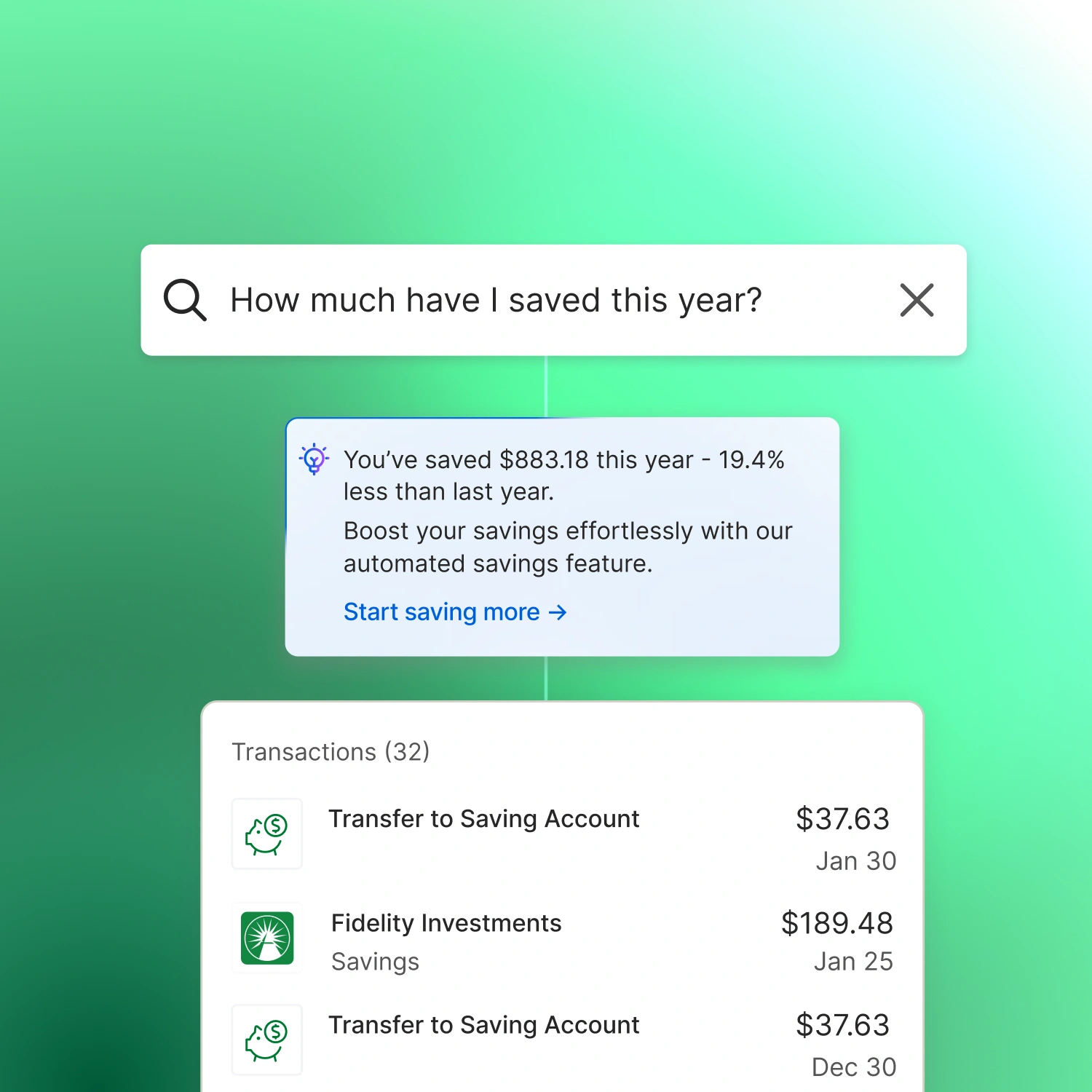When customers interact with their bank, there’s usually a few main reasons for it: sometimes it’s paying the bills, other times checking if they’ve been paid or simply even seeing how much money they have left.
All of these actions, to some extent, involve transaction data. Whether an individual is examining their income or monitoring their expenditure, transactional data is the foundation of their understanding.
Now it’s becoming increasingly more important for consumers to understand their financial situations, how can you as a financial services provider improve accessibility for your users?
In many instances, identifying an old transaction is essential but with so many different transactions and confusing merchant names and categories; it can be difficult for individuals to truly understand where their money is going.
Even when interacting with larger brands, consumers will find the information they can access is restricted or limited, presented as cut-off statements that are difficult-to-decipher and harder to navigate. But why is that?
Legacy infrastructure, decentralized data sources and high-costs associated with accessing historical data are typically to blame but in 2025 and beyond, there’s no reason not to continue modernizing.
When your customers struggle to find their data, it’s not just a bad user experience; it could very well be an added expenditure.
Take a gig worker who is asked to submit an expense report, for example. If they can’t find the relevant details, they’re unlikely to get reimbursed and that’s just one example out of hundreds more.
And it doesn’t only cost your customers, it actively costs you too. Whether it’s the significant rise in customer support call volumes or a lack of engagement across digital channels, you’ll spend more time resolving queries than actually doing what you do best - delivering financial services experiences you’re proud of.
But it doesn’t have to be like this. Now everyone has access to the technology required — from sophisticated data analytics and foundation models increasingly capable of understanding intent to platforms offering seamless integration at a fraction of the cost.
Intelligent or contextual search is already a hot topic, with the largest scale example being Google’s Gemini-generated answers to search queries… so why not in financial services?
That’s why Bud’s Intelligent search was created, not only to address data accessibility but also to create new and impactful opportunities for getting the right message across at the right time, every time.
For example, if I search ‘Netflix’ in my financial transaction search; I am probably more interested in price changes, overall spend with Netflix or perhaps streaming services expenditures as a whole, not just a specific transaction.
Bud’s Intelligent Search addresses that need by seamlessly combining market-leading transaction search with AI-generated insights to provide instant, real-time results users are looking for.
By using vector embeddings when looking at descriptions alongside categories, merchants, counterparts, locations and more, it’s able to deliver the most relevant and applicable insight possible.

The benefits don’t stop there though, because when a customer searches for clarity, there’s an added opportunity to recommend relevant product offerings or services that better align to each individual user’s financial goals.
And the best part is - customers don’t even have to search at all because every time they look at their transaction list, Intelligent Search provides the most recent and relevant highlight, growing trend or any noticeable patterns.
Now customers can benefit from natural language questions when exploring their transaction history, empowering them to ask questions and get answers in real-time — whether they’re asking “How much did I spend on petrol this month?” or “what did I buy on my skiing trip?”
Capitalize on the first truly scalable customer facing generative AI application in financial services today.